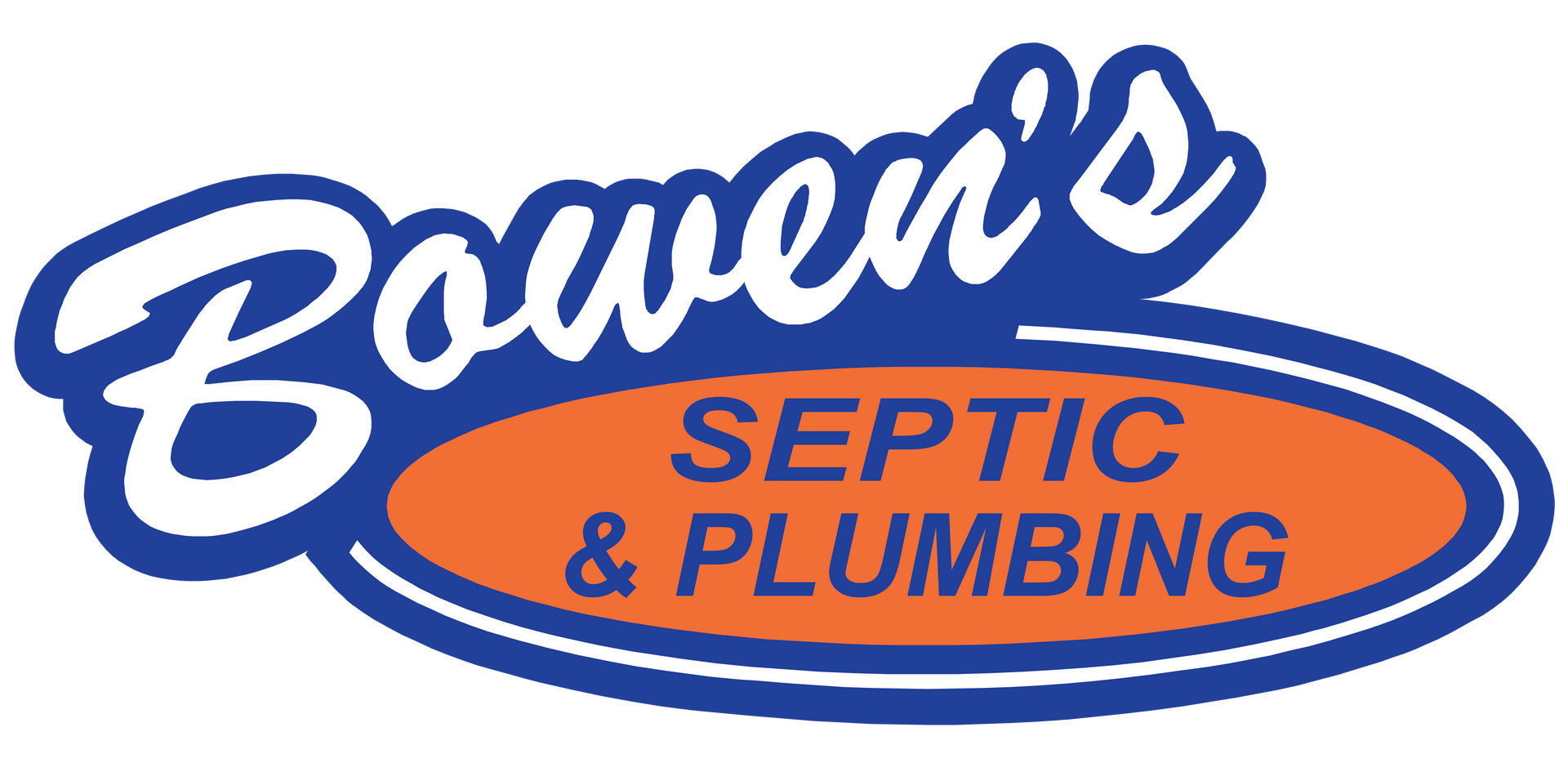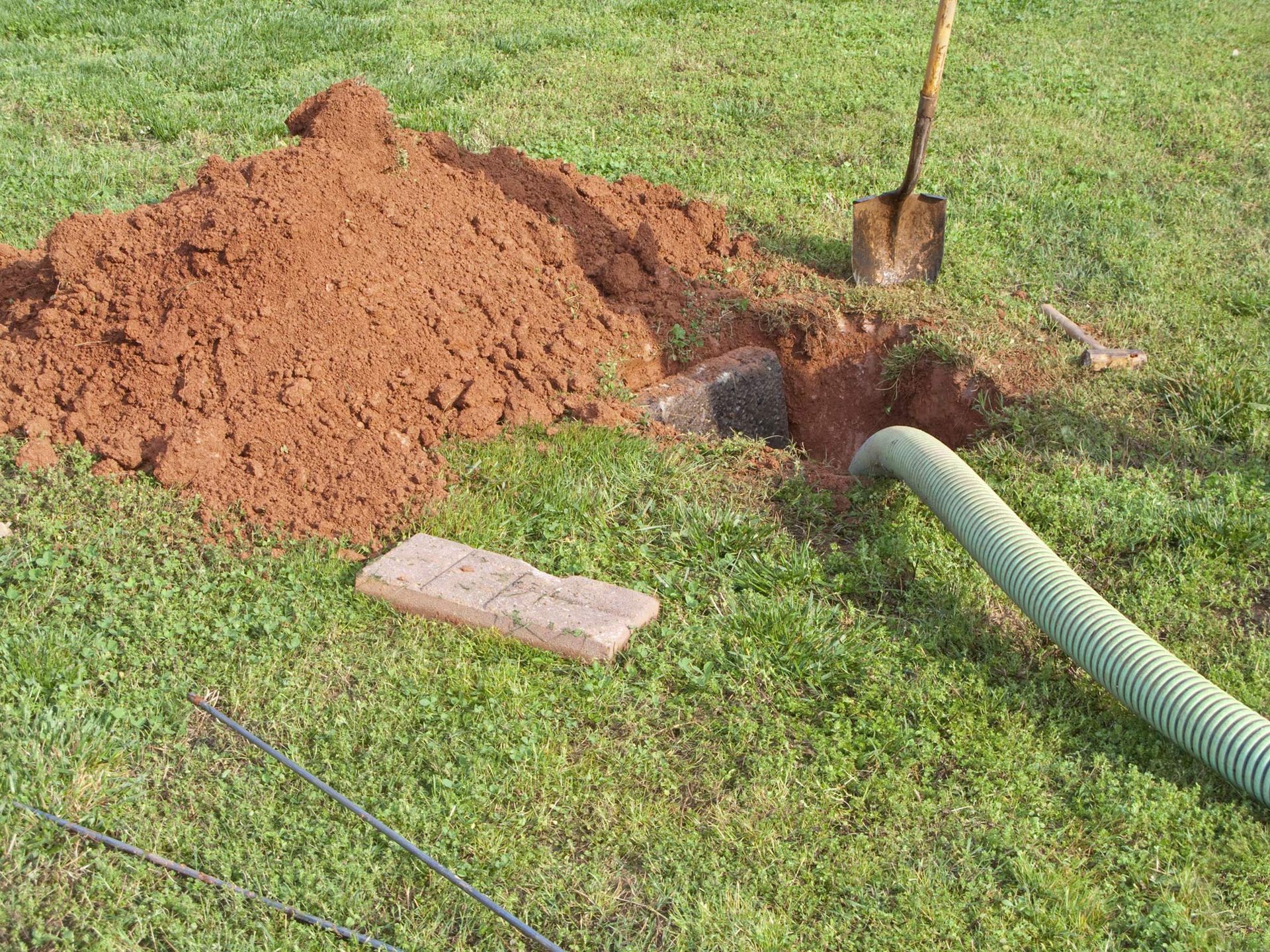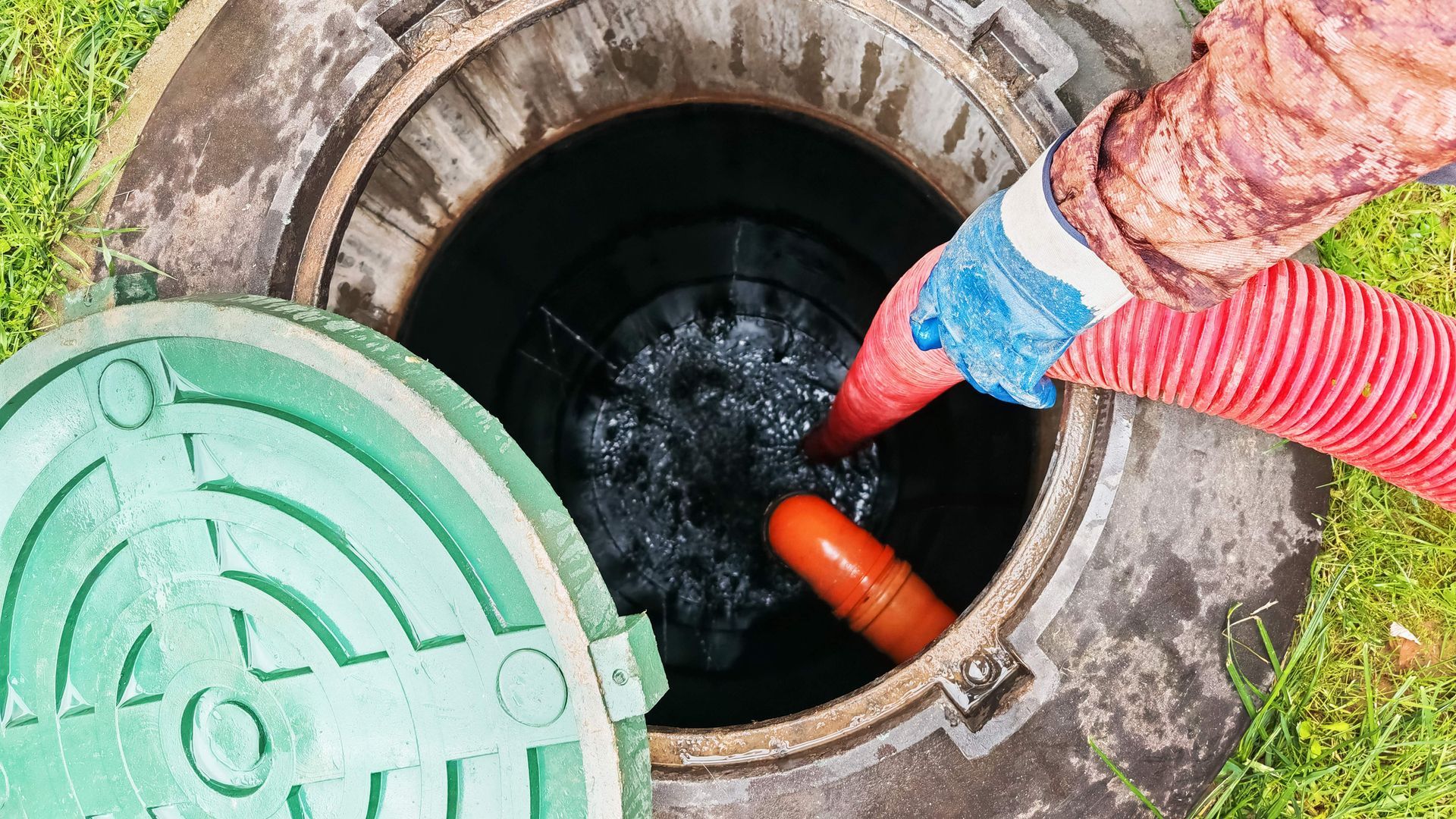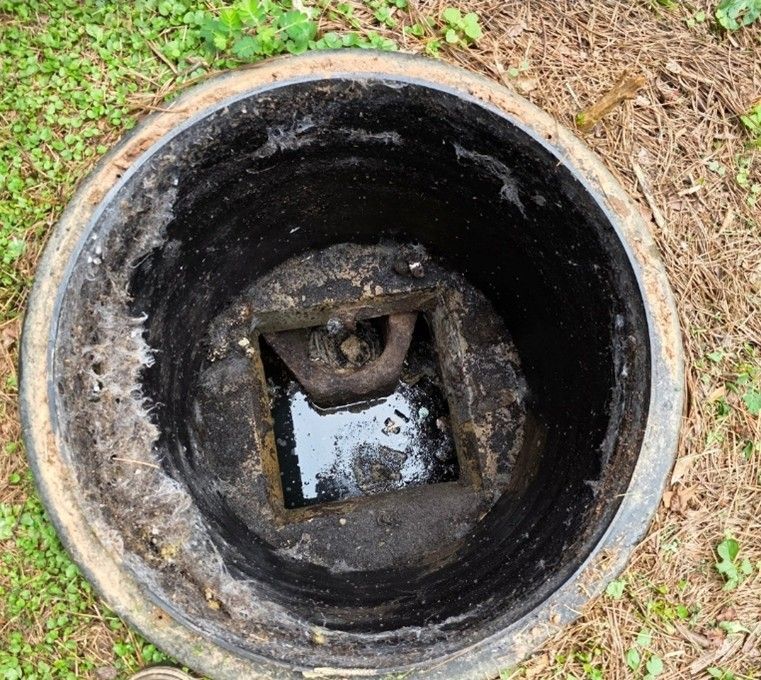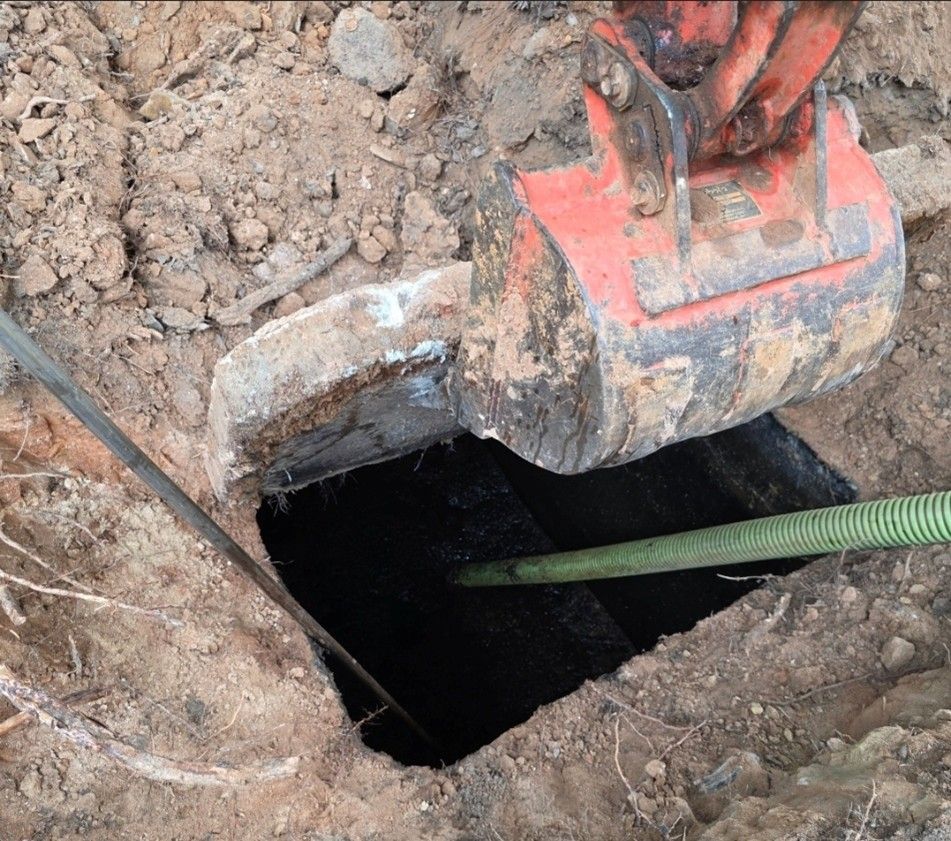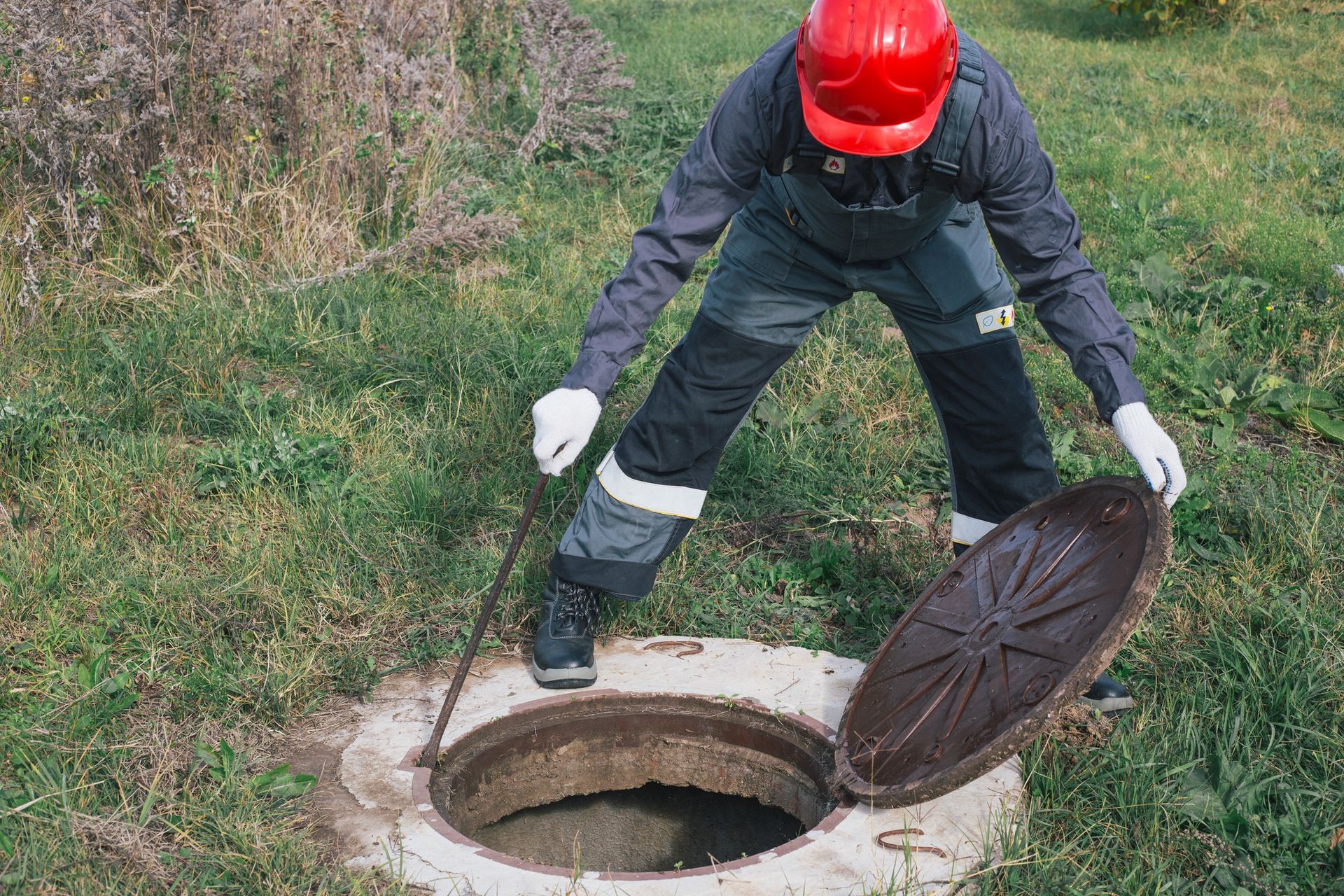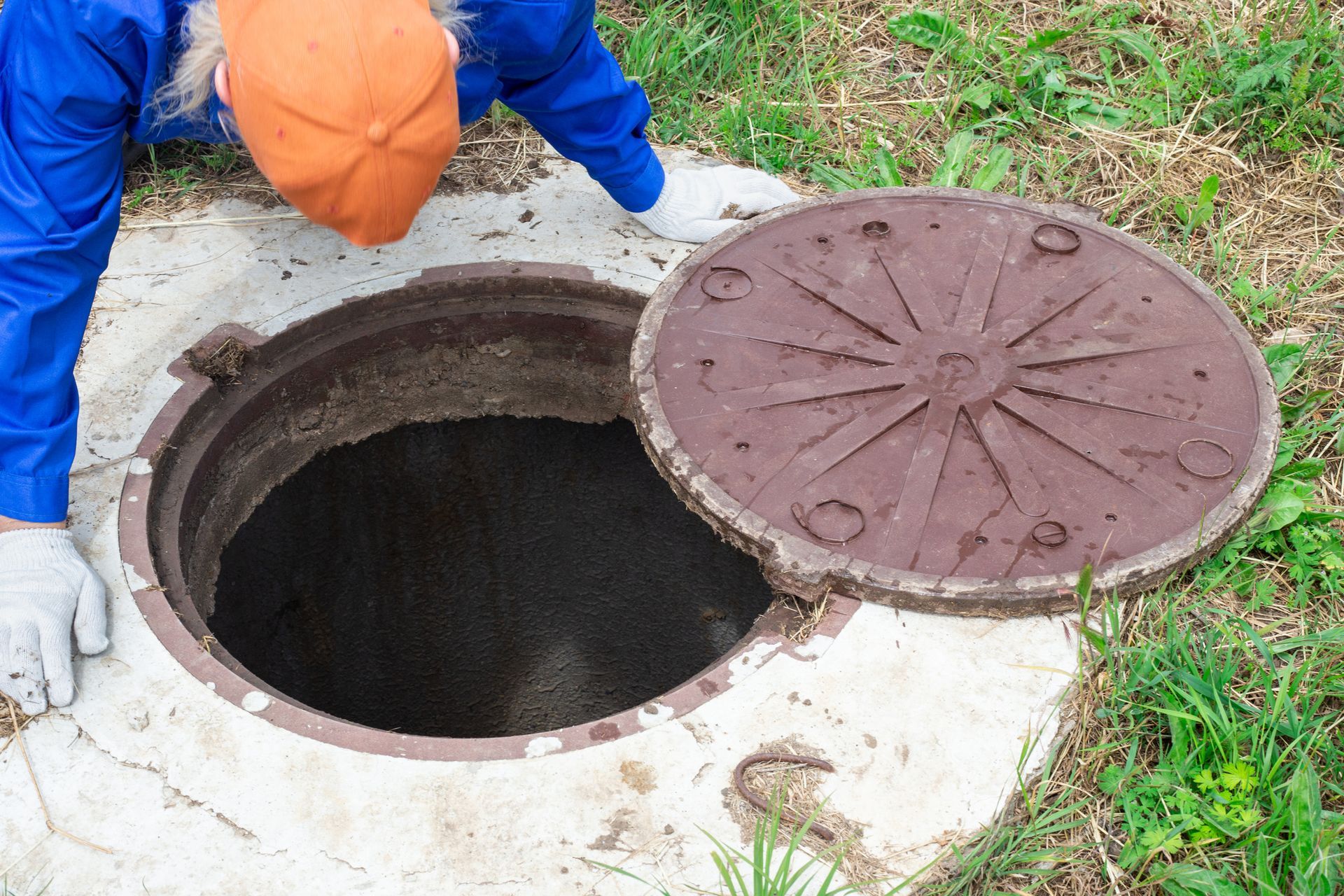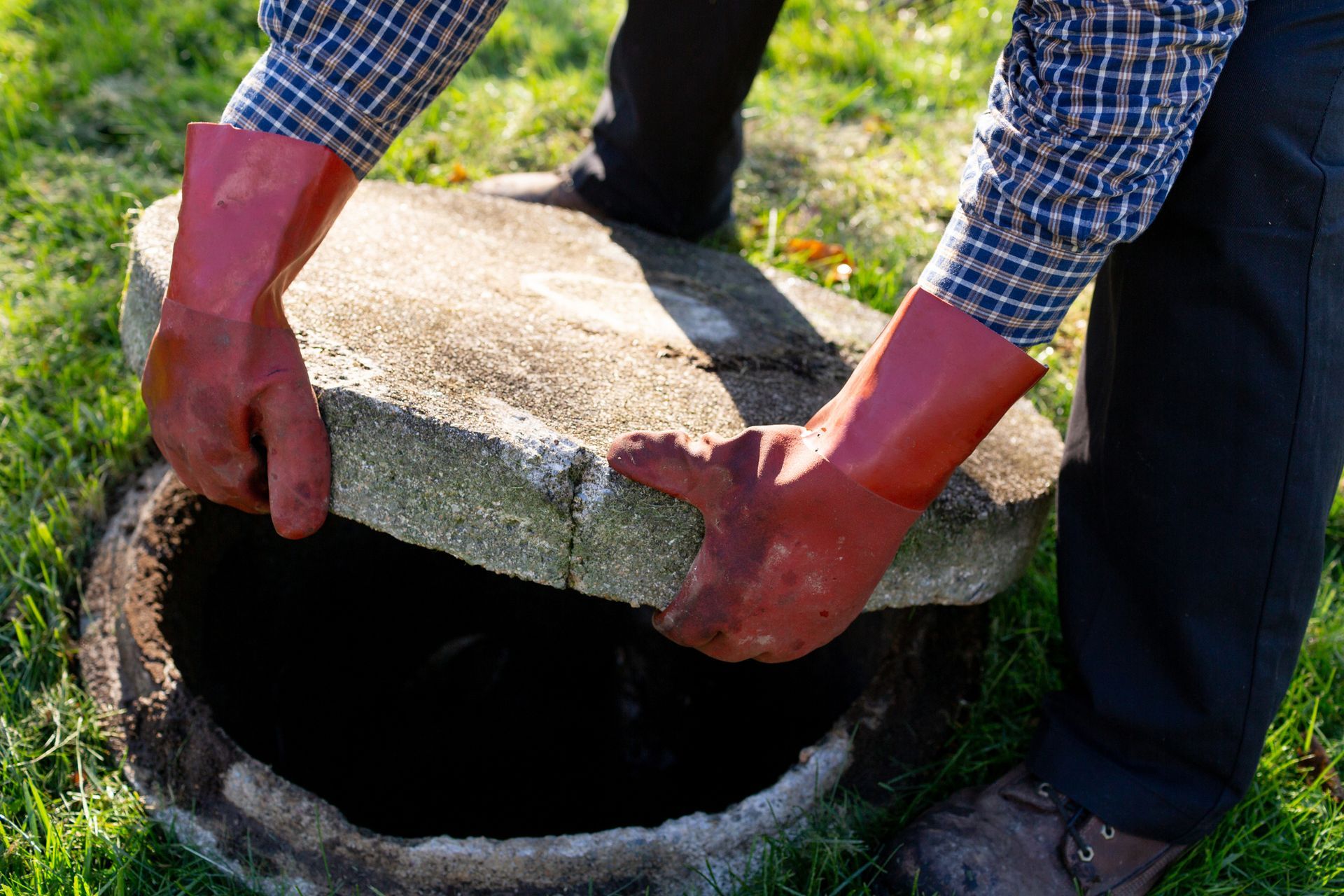4 Steps to Preventing Septic Backflow and Flooding

1. Set up Your Septic System for Success
2. Install a Preventive Mechanism
A backflow valve is a must. Even if you keep your system well-maintained, having a physical device to protect your home from contamination is still helpful not only to prevent worries but also to serve as an added precaution. If your septic system starts getting old, invaded by tree roots or clogged because of something your toddler flushed down the toilet, this added measure could be a lifesaver.
3. Keep your Septic System Healthy
Keeping that toddler from flushing things down the toilet is one way to keep the system free of clogs. In fact, make sure the entire family knows not to flush items that could hurt the system (or put them down any other drain). Some items that should never go down the drain to the septic tank include:
- Trash in general
- Chemicals (other than the amount used to clean the toilet bowl)
- Any type of paper other than bathroom tissue
- Baby wipes, flushable wipes or other wet wipes
- Food waste (coffee grounds, grease or scraps)
- Medications (prescription or otherwise)
- Flossers, floss, toothbrushes and other hygiene products
In addition to keeping an eye on what goes down the drain, you'll need to get your tank pumped regularly and inspected annually for maximum health. Also, keep stormwater away from the septic drain field.
4. Handle the System Gently When the Weather Is Extra Wet
Finally, you simply need to be aware of the intrinsic limitations of a system that uses the ground for water treatment. Because of this aspect of the system, it may treat water more slowly when the ground is wet, or seem to stop completely for a while if there's a particularly bad rainstorm that totally saturates the ground.
When this happens, try to give your septic system the day off as much as possible. Consider taking shorter showers (and placing a bucket in the shower to catch some of the water), flushing the toilet less often and holding off on baths and laundry until the weather improves.
These tips should help you keep your septic system healthy and safe and greatly reduce any possibility of experiencing sewage backups. For more information on how to keep your septic system healthy and free from clogs and backups, feel free to contact
Bowen's Septic & Environmental
today.
